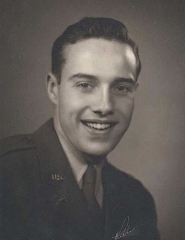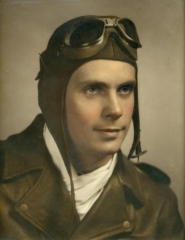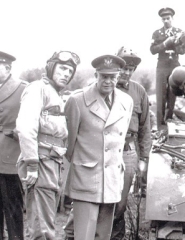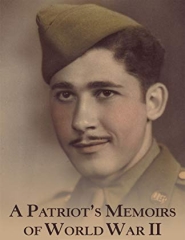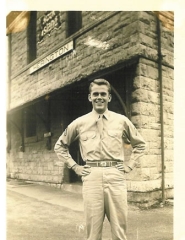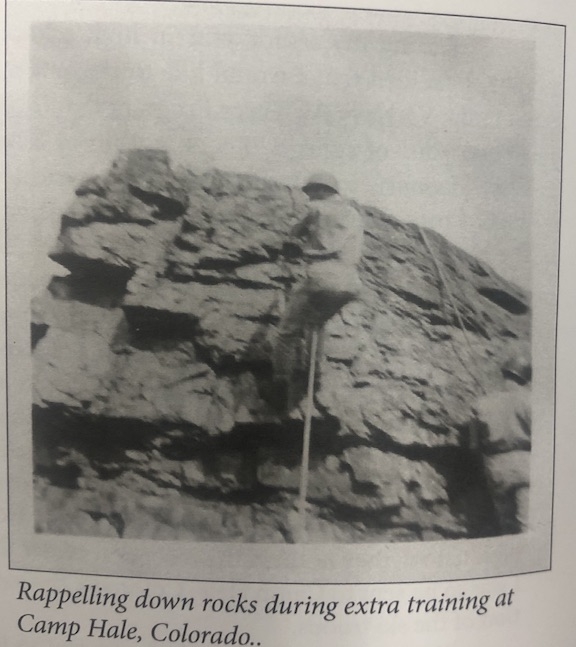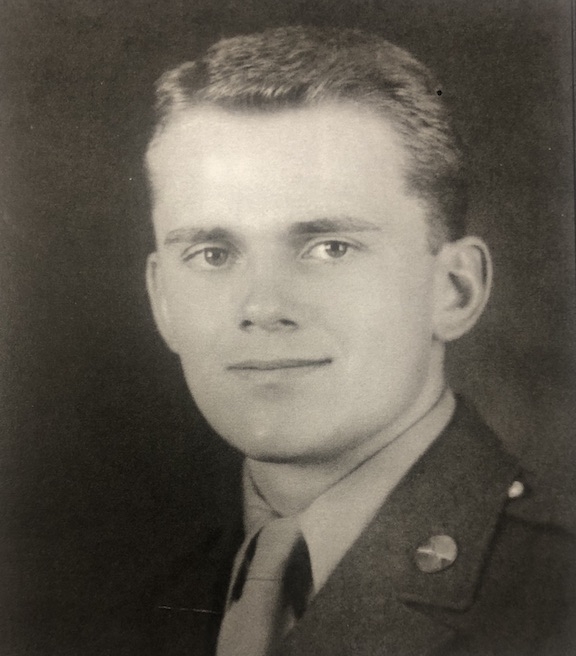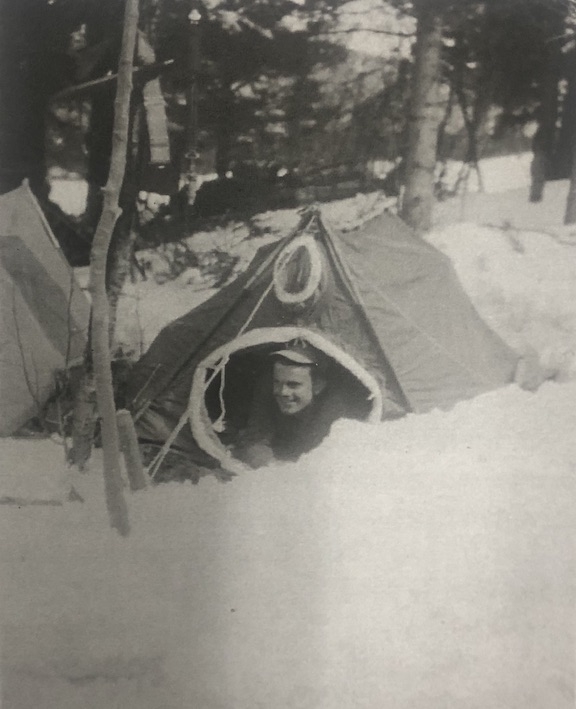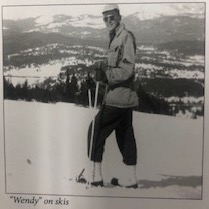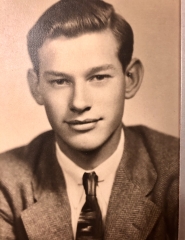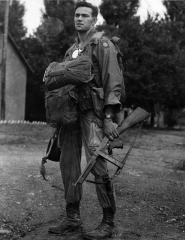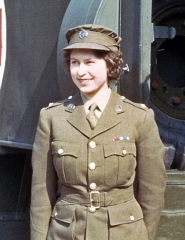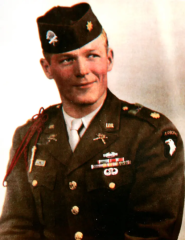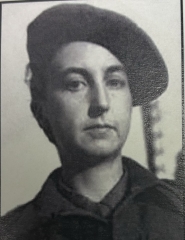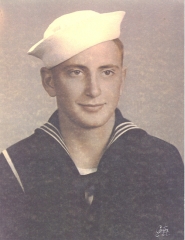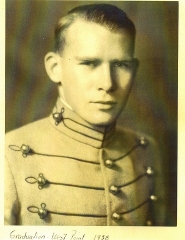On September 13, 1940, shortly after the start of Germany’s bombing campaign on the towns and cities of Britain, five high explosive bombs were dropped on Buckingham Palace. The Royal Chapel, inner quadrangle and Palace gates were hit, and several workmen were injured. Rather than flee the city under attack, King George VI and his wife Queen Elizabeth, remained at Buckingham Palace in solidarity with those living through the Blitz. This was a highly symbolic decision and received much attention in the press. The royal couple visited areas of London which had been devastated by air raids, speaking to residents and members of the local emergency services. The Queen took a keen interest in what was being done to help people who had lost their homes. After Buckingham Palace was bombed, she is reported to have said: 'I am glad we have been bombed. Now we can look the East End in the eye.' Princess Elizabeth was just 13 years old when war broke out on September 3, 1939. Like many children living in London, Elizabeth and her sister Princess Margaret were evacuated to avoid the dangers of bombing raids. They were sent to Windsor Castle, approximately 20 miles outside of London. The young princesses were two of over three million people—mainly children—who left cities for the safety of small towns and the countryside over the course of the war. The government’s Children’s Overseas Reception Board also evacuated over 2,600 children to Australia, Canada, New Zealand, South Africa, and the United States. On October 13, 1940, in response to this mass movement of people, Princess Elizabeth gave her first address from the drawing room of Windsor Castle as part of the BBC’s Children’s Hour in an attempt to boost public morale. She spoke directly to the children who had been separated from their families as part of the evacuation scheme. “Thousands of you in this country have had to leave your homes and be separated from your fathers and mothers. My sister Margaret Rose and I feel so much for you, as we know from experience what it means to be away from those you love most of all. To you living in new surroundings, we send a message of true sympathy and at the same time we would like to thank the kind people who have welcomed you to their homes in the country.” Hear Princess Elizabeth’s address to the children of the United Kingdom in this Smithsonian Magazine video. Public responses to this broadcast varied. Interviewers from the social research project Mass Observation took to the streets to ask people what they thought in an effort to gauge the reaction of the British public. Out of 57 people surveyed, 38 had heard the broadcast. More than 20 people positively commented how “charming,” “sweet,” “beautiful,” or “lovely” Princess Elizabeth sounded, but also that she spoke “very clearly,” was “wonderful,” and “did very well.” Most people assumed that the speech had been written for her and suggested it was “propaganda” or “a way to ‘keep the population quiet.’” However, several newspapers reported positively on the speech and included a photograph of the two princesses at the microphone. As the war progressed, Princess Elizabeth championed more aspects of wartime life and resilience. In 1943, she was photographed tending her allotments at Windsor Castle as part of the government’s “Dig for Victory” campaign, in which people were urged to use gardens and every spare piece of land to grow vegetables to help combat food shortages. Before the Second World War, Britain had relied on food imports from across the world, but when the war started, shipping was threatened by enemy submarines and warships. This resulted in food shortages and led to rationing of foods such as meat, butter cheese, eggs, and sugar. On the morning of her sixteenth birthday, Princess Elizabeth undertook her first inspection of a military regiment during a parade at Windsor Castle. She had been given the role of honorary colonel of the Grenadier Guards, which symbolized her military involvement in the war effort. When Princess Elizabeth turned 18 in 1944, she insisted upon joining the Auxiliary Territorial Service (ATS), the women’s branch of the British Army. For several years during the war, Britain had conscripted women to join the war effort. Unmarried women under 30 had to join the armed forces or work on the land or in industry. King George made sure that his daughter was not given a special rank in the Army. She started as a second subaltern in the ATS and was later promoted to Junior Commander, the equivalent of Captain. Princess Elizabeth, as a 2nd Subaltern in the ATS, leans against a vehicle during training. Imperial War Museum, TR 2835. Princess Elizabeth began her training as a mechanic in March 1945. She undertook a driving and vehicle maintenance course at Aldershot, qualifying on April 14. Newspapers at the time dubbed her “Princess Auto Mechanic.” There were a wide range of jobs available to female soldiers in the ATS as cooks, telephonists, drivers, postal workers, searchlight operators, and ammunition inspectors. Some women served as part of anti-aircraft units, although they were not allowed to fire the guns. The jobs were dangerous, and during the course of the war, 335 ATS women were killed and many more injured. By June 1945, there were around 200,000 members of the ATS from across the British Empire serving on the home front and in many overseas theaters of war. While Princess Elizabeth spent the majority of her days at the training facility, it was close enough to Windsor Castle that the princess would return there each evening rather than sleep at the camp with her fellow ATS members. The King and Queen and Princess Margaret visited Princess Elizabeth at the Mechanical Transport Training Section in Camberley, Surrey, and watched her learn about engine maintenance. When describing the visit to LIFE Magazine, the Princess commented “I never knew there was quite so much advance preparation [for a royal visit] ...I’ll know another time.” Princess Elizabeth (leaning over the vehicle) shows her father the King and Princess Margaret her work on a car engine. Image from the Imperial War Museum collection, H 41641. As part of her ATS training, Princess Elizabeth underwent a course in driving instruction. Image from the Imperial War Museum collection, H 41661. On May 8, 1945, the war in Europe ended. In London, thousands of people took to the streets to celebrate, flooding Trafalgar Square and the Mall leading up to Buckingham Palace where the King and Queen greeted them from the balcony. As the light began to fade and the celebrations looked to continue into the night, Princess Elizabeth, dressed in her ATS uniform, slipped into the crowds with her sister to enjoy the festivities. In 1985, the now Queen spoke to the BBC about how she tried to avoid being spotted, “I remember we were terrified of being recognized so I pulled my uniform cap well down over my eyes.” She described the “lines of unknown people linking arms and walking down Whitehall, and all of us were swept along by tides of happiness and relief.” There are even reports that the princesses joined a conga dance through the Ritz Hotel as they celebrated with the crowds. “I think it was one of the most memorable nights of my life.” she recalled.
"Courtesy of National WW2 Museum"
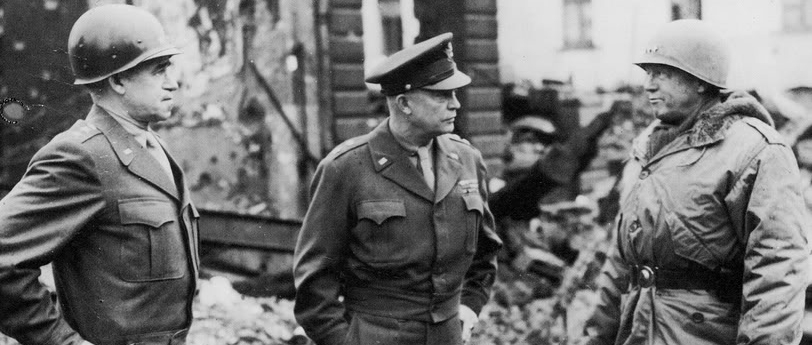
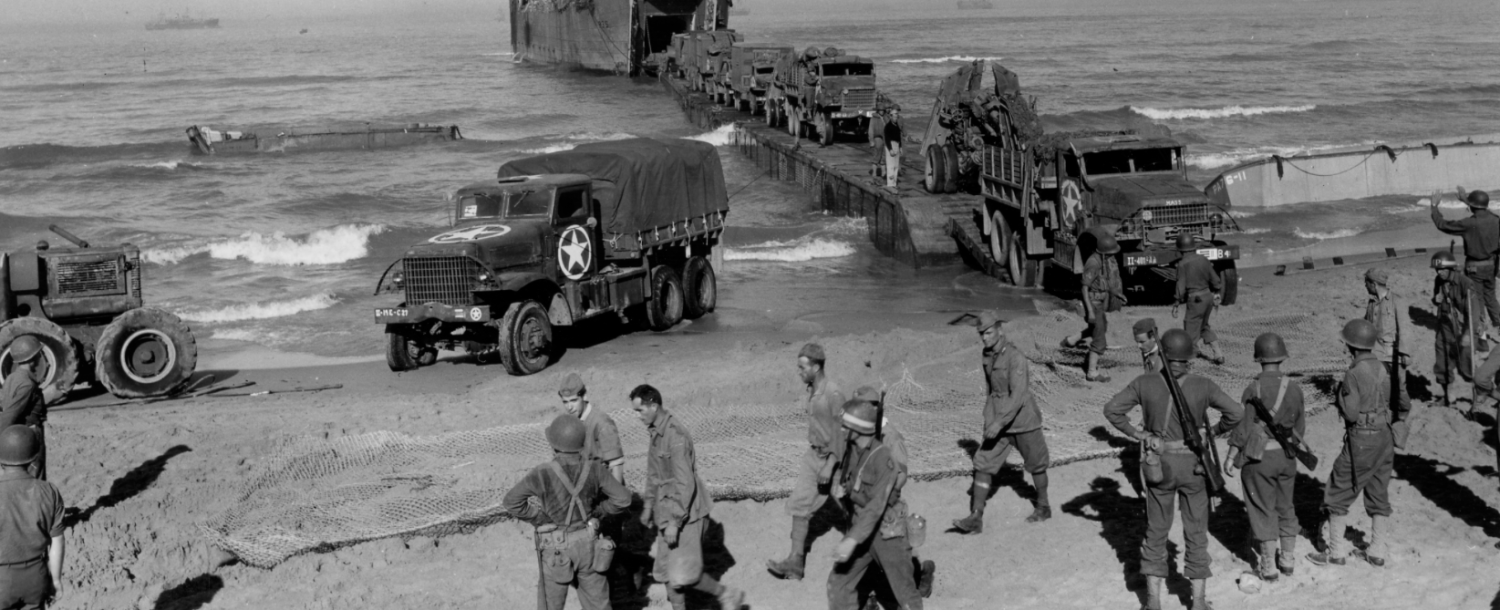
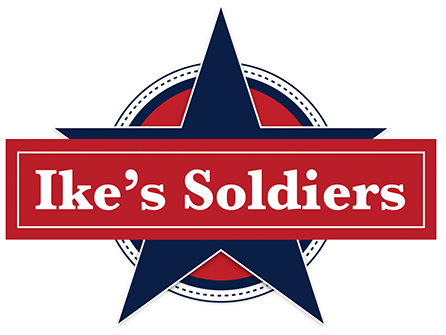
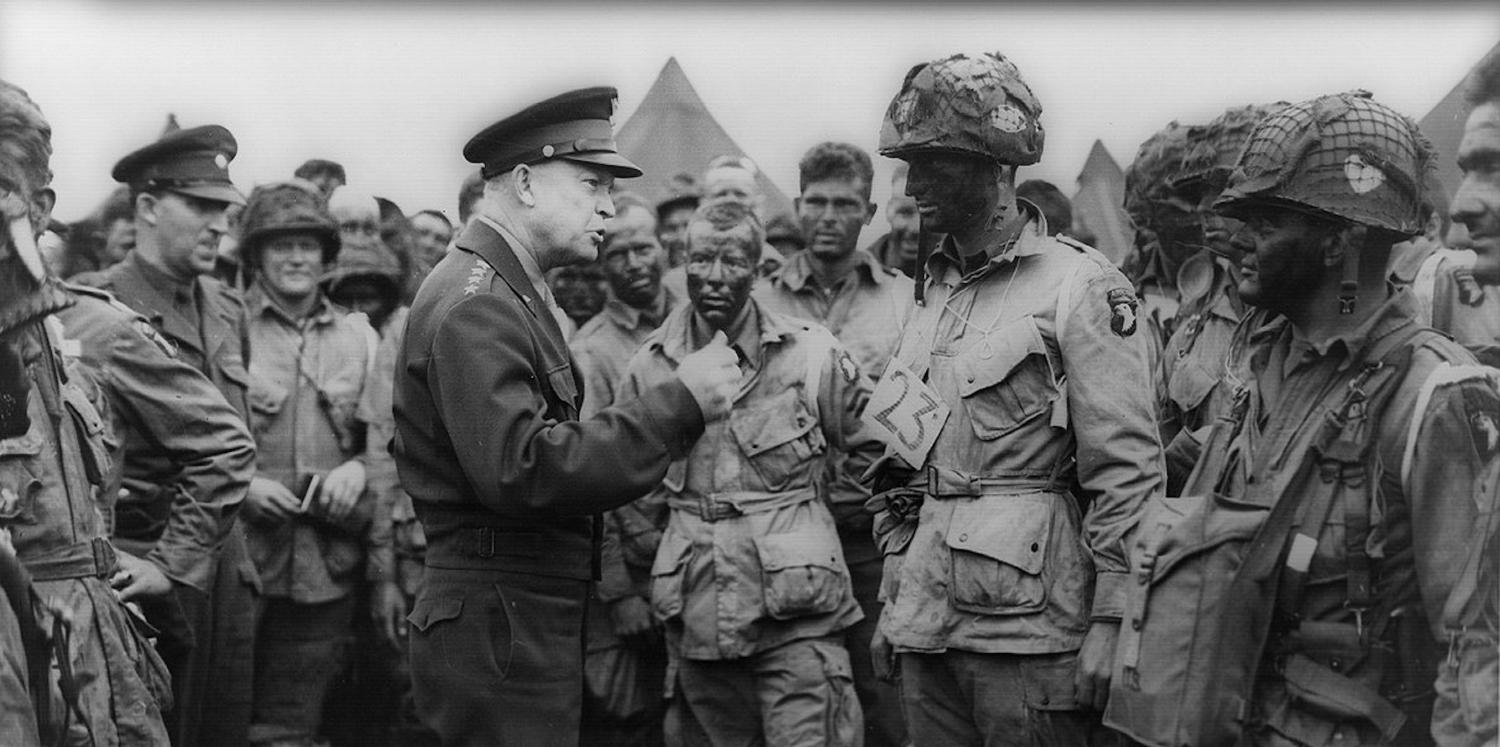

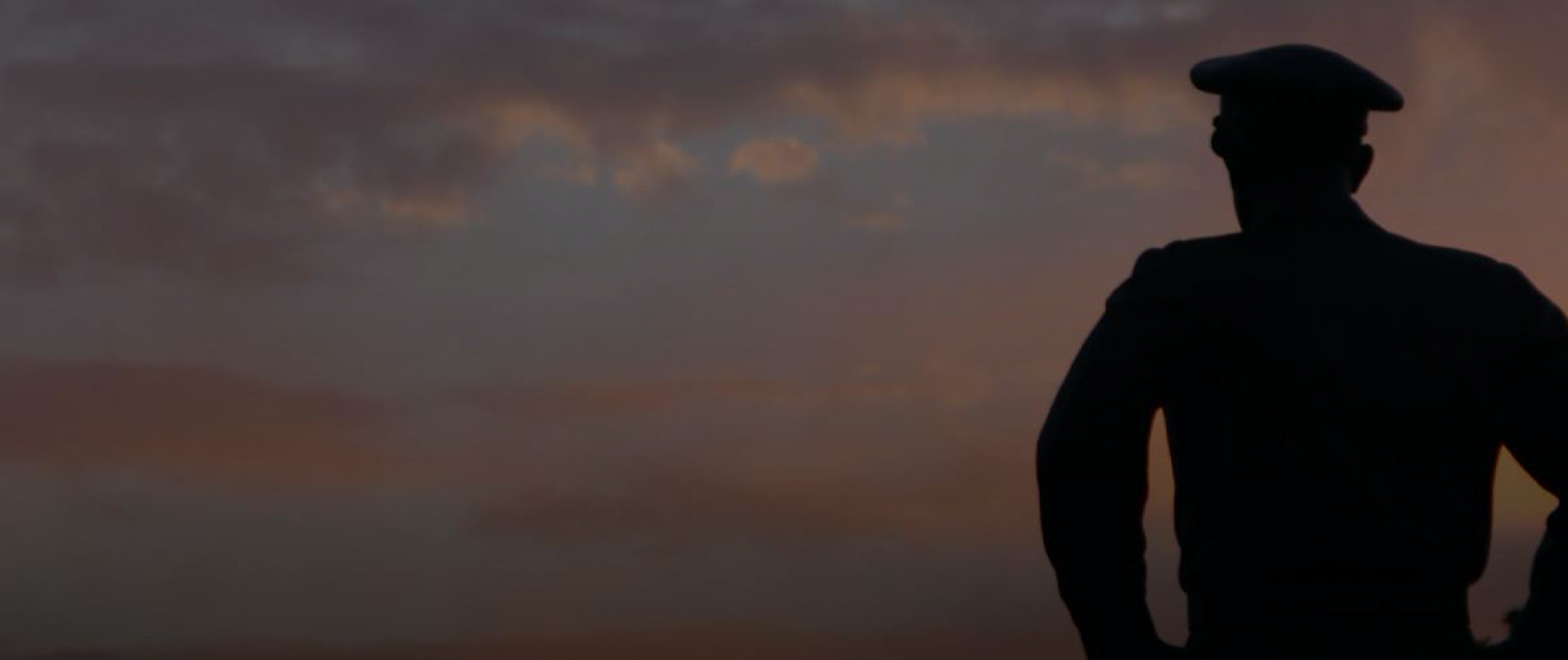

 Eisenhower Foundation
Eisenhower Foundation
